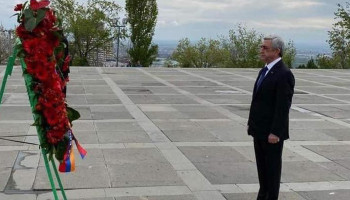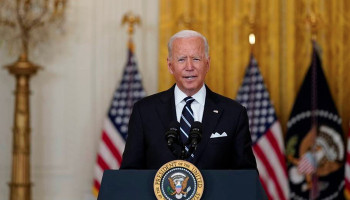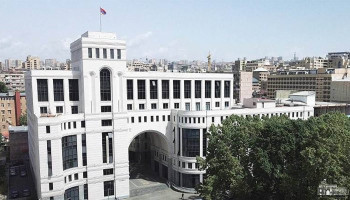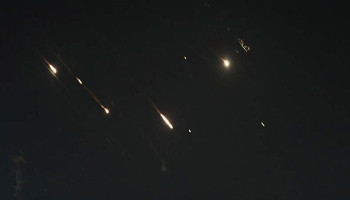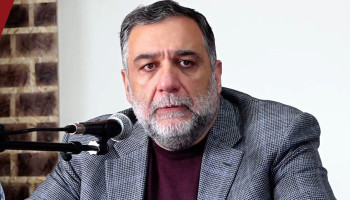Taliban capture key Afghan provincial capital Kunduz
 The Taliban have captured Kunduz in northern Afghanistan, taking government buildings and the city’s central prison in one of the biggest military victories for the movement since 2001. It is the most serious invasion of a provincial capital in 14 years. The Taliban entered the city during an early morning assault on Monday, storming the regional hospital and clashing with security forces at the nearby university. A statement from the Afghan government confirmed the city had fallen to the militants. It is the first time the insurgents have seized a major urban area since the US-led invasion in 2001. By the afternoon, militants had reportedly captured the intelligence service headquarters, set fire to UN buildings and released hundreds of prisoners from the city’s jail, according to local journalists and residents. Most government officials fled Kunduz early in the day, along with foreign and local NGO workers. “The United Nations relocated all staff from Kunduz to other areas within Afghanistan,” said Dominic Medley, spokesman for the United Nations Assistance Mission to Afghanistan. The attack is the culmination of months of intense fighting that began in April, when the militants opened up new fronts to take territory in the north. Local sources said fighting could be heard inside the city from 3am. The Taliban attacked from four different districts: Chardara to the west, Aliabad to the south-west, Khanabad to the east and Imam Saheb to the north. A western security adviser living in the city said the Taliban had captured Zakhel and Ali Khel villages on the vital highway leading south, connecting the city to Kabul and Mazar-i Sharif through Aliabad district. The adviser added that the Taliban had made the biggest gains in the city’s south-west, where some local communities, already disenchanted with the government, had picked up weapons and joined the insurgents. A local reporter who visited the frontline said poor coordination between different government units allowed the Taliban to keep advancing. He said the attack seemed to be a joint offensive by militants from Kunduz and nearby Baghlan and Takhar provinces. In addition, since spring, scores of foreign fighters have boosted the Taliban’s offensive in the north. Many pushed into Afghanistan from Pakistan when the military there launched a campaign to rid North Waziristan of militants. Others belong to the Islamic Movement of Uzbekistan (IMU), parts of which recently pledged allegiance to Islamic State. As in other embattled parts of the country, the Afghan security forces in Kunduz are stretched thin and are mostly fighting without foreign assistance. The US military occasionally conducts aerial attacks around the country, most recently to push back insurgents in Helmand province, but with the Taliban entering residential areas in Kunduz, they are difficult to target with heavy artillery or airpower. |











